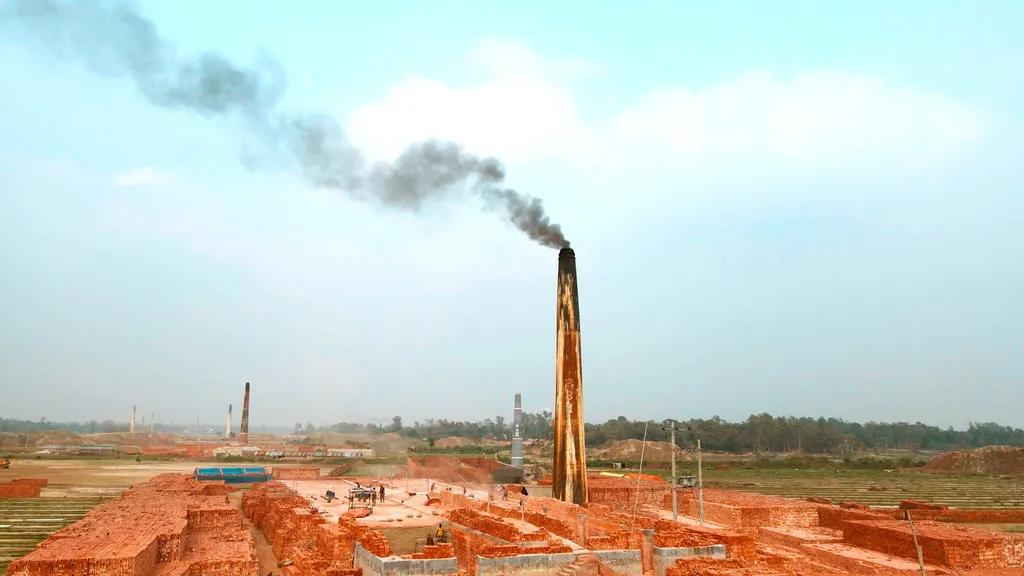In the heart of South Asia, where the construction industry’s reliance on coal-fired brick kilns has long been a double-edged sword, a glimmer of hope emerges from an unlikely source: agricultural waste. A recent study published in *Scientific Reports* (translated from English as “Scientific Reports”) explores a novel approach to sustainable brick production, potentially reshaping the energy sector’s landscape and mitigating environmental impacts.
The research, led by Muhammad Salman Ahmad from the School of Economics and Management at Yangzhou University, delves into the integration of Parthenium hysterophorus L., an invasive weed, into brick manufacturing. This innovative method not only addresses the environmental pollution caused by traditional brick kilns but also taps into the circular economy, transforming waste into a valuable resource.
Ahmad’s study reveals that incorporating 15–20% Parthenium biomass by weight into clay results in bricks with enhanced porosity and reduced density. This modification lowers energy consumption during firing by approximately 15–20%, a significant boon for the energy sector. “The reduced energy requirements translate to lower production costs, making this method an attractive proposition for brick kiln owners,” Ahmad explains.
The environmental benefits are equally compelling. The study found that this approach reduces harmful emissions, including hydrogen fluoride (HF), by over 50% during the firing process. This mitigation is crucial for protecting nearby vegetation and public health, often adversely affected by brick kiln pollution.
The commercial implications are substantial. Conversations with 50 brick kiln owners in Peshawar indicated enthusiasm for adopting this method, contingent on cost reductions and government support. “Potential cost savings of 10–15% could make a significant difference in our operations,” shared one of the kiln owners. This shift aligns with the UN Sustainable Development Goals (SDGs) for sustainable cities (SDG 11), responsible consumption (SDG 12), and climate action (SDG 13), promoting a circular green economy.
Policy interventions, including subsidies, training workshops, and awareness campaigns, are recommended to facilitate the adoption of this innovative method. Future studies should investigate the scalability and adaptability of this approach across diverse regions and manufacturing sectors, potentially unlocking even greater benefits.
As the construction industry grapples with the need for sustainable practices, this research offers a promising path forward. By harnessing agricultural waste, the sector can reduce its environmental footprint, lower energy consumption, and contribute to a greener, more circular economy. The ripple effects of this innovation could extend far beyond South Asia, inspiring similar initiatives worldwide and reshaping the future of brick manufacturing.

